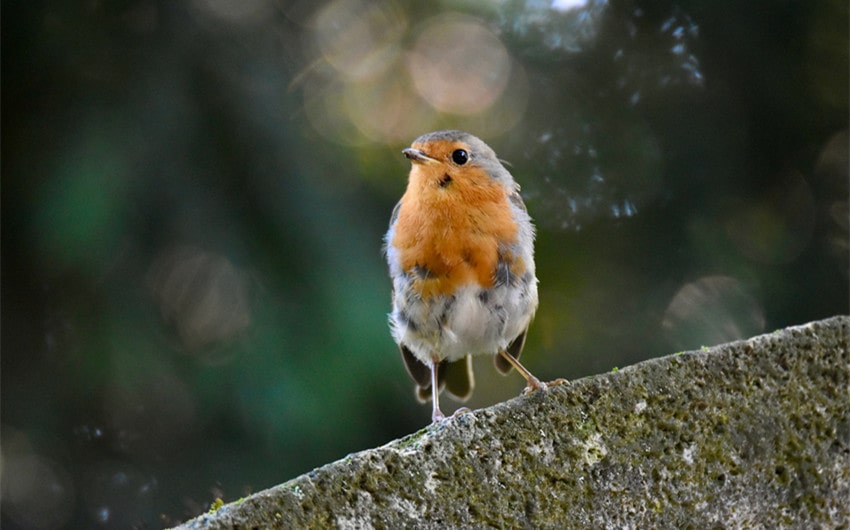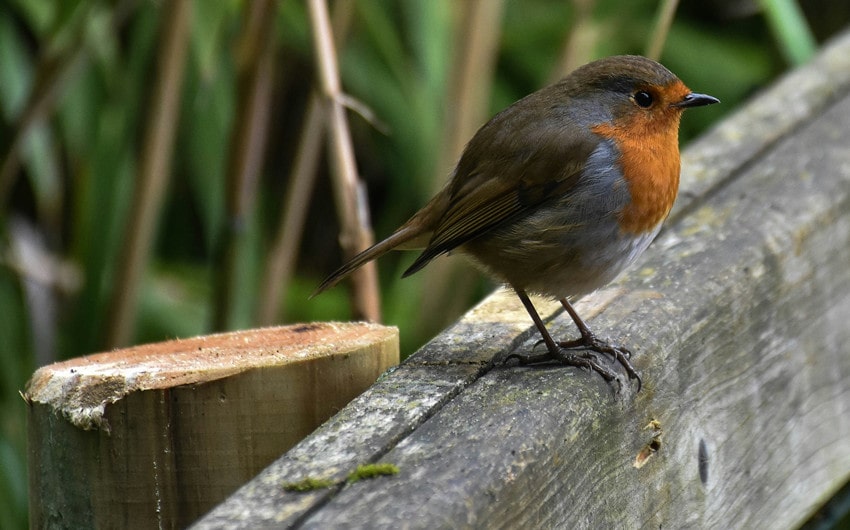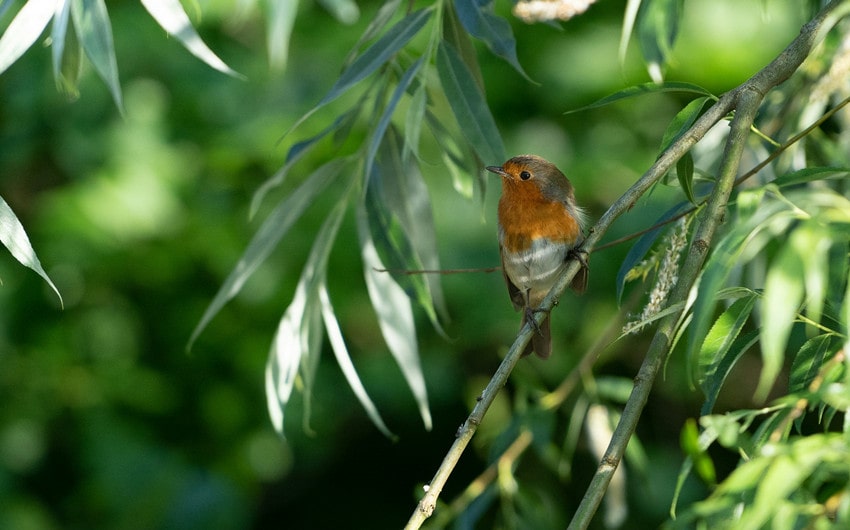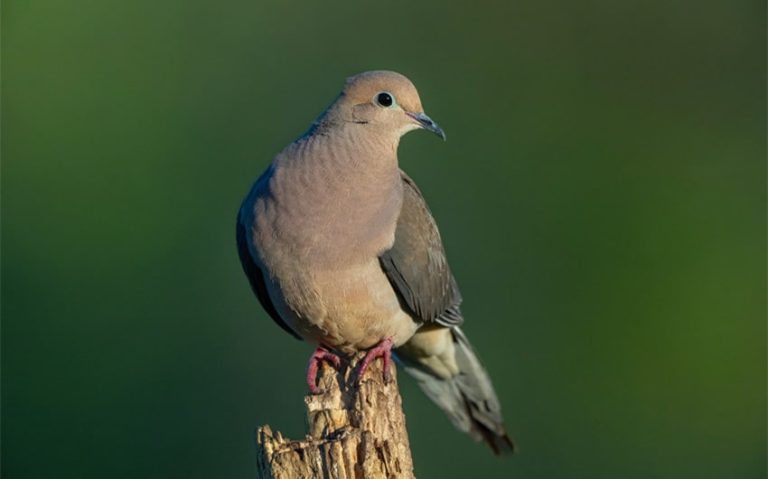Robin Spiritual Meaning: 5 Insights You Should Know
The robin is a small yet vibrant bird that captures attention with its cheerful song and striking red breast. Beyond its charming appearance, the robin carries deep spiritual symbolism, offering lessons of renewal, joy, and resilience. For many, encountering a robin feels like a gentle reminder of hope and new beginnings.
If you’ve ever wondered about the robin’s spiritual meaning, this article explores its rich significance across cultures and beliefs, uncovering the profound messages this beloved bird brings to our lives. Whether as a sign of connection or a symbol of optimism, the robin inspires us in meaningful ways.
What Does the Robin Symbolize Spiritually?
The robin is a bird with vibrant colors, a joyful presence, and behaviors that resonate with deep spiritual meaning. Its symbolism stems from its connection to nature, its role in seasonal cycles, and the emotional and spiritual responses it inspires. Here’s an in-depth exploration of the robin’s spiritual significance:
1. Renewal and Rebirth
The robin is closely tied to the arrival of spring, a season of growth and renewal. After the dormancy of winter, the robin’s appearance signals new beginnings and fresh opportunities. Spiritually, this association makes the robin a powerful symbol of transformation and personal evolution.
It reminds us to embrace change as a natural part of life and to shed the old to make way for the new. For example, seeing a robin after a period of hardship might serve as encouragement to move forward and start afresh.
2. Joy and Optimism
The robin’s cheerful song and bright red breast are universally associated with happiness and vitality. Its lively demeanor, even in challenging environments, symbolizes the ability to find joy in the present moment.
Spiritually, the robin encourages us to focus on life’s positives, no matter how small, and to cultivate an optimistic outlook. It teaches us to see beauty in simple pleasures—whether it’s the warmth of the sun, a budding flower, or the sound of birdsong.
3. Hope and Resilience
Robins are known for their adaptability and resilience, thriving in various habitats and enduring seasonal changes. This makes them a symbol of hope and perseverance. Spiritually, the robin’s presence inspires us to remain steadfast in the face of adversity.
Whether it’s through braving winter’s harshness or starting over each spring, the robin reminds us that even in difficult times, renewal and growth are possible. It teaches us the value of persistence and faith in life’s cycles.
4. Connection to Loved Ones
In many spiritual traditions, robins are seen as messengers from the spirit world. Their sudden appearance during times of grief or uncertainty is often interpreted as a sign of comfort from departed loved ones.
This connection is particularly meaningful for those seeking reassurance or guidance from beyond. Spiritually, the robin reminds us of the enduring bonds we share with those we’ve lost, offering a sense of closeness and peace. It serves as a gentle nudge to trust that we are not alone, even in moments of sorrow.
5. Mindfulness and Presence
The robin’s behavior—its focused hunting, deliberate movements, and melodic singing—reflects mindfulness and presence. Spiritually, it reminds us to slow down and engage fully with our surroundings.
Whether it’s observing nature, connecting with loved ones, or tackling daily tasks, the robin encourages us to approach life with clarity and intention. It is a symbol of living in the moment and finding meaning in the here and now.
The Robin in Cultural and Mythological Contexts
| Culture/Tradition | Symbolism/Meaning |
| European Folklore | Symbol of good fortune and divine connection. Its red breast is linked to bravery and Christ’s compassion. |
| Native American Beliefs | Represents joy, renewal, and guidance. A teacher fostering clarity and family bonds. |
| Christian Symbolism | Emblem of faith, redemption, and hope. Associated with Easter and resurrection. |
| Celtic Beliefs | Messenger between physical and spiritual realms. Represents resilience, intuition, and ancestral connection. |
| Modern Interpretations | Symbolizes mindfulness, joy, and renewal. Seen as a guide for resilience and positivity. |










